Toyota has officially confirmed the European specifications of the first-ever battery-electric HiLux, and the all-electric ute is set to arrive at showrooms in Q1 of 2026. The BEV powertrain will debut alongside the Hybrid 48V variant as part of the all-new ninth-generation range. It’s the boldest step yet for the brand’s iconic pickup and the biggest transformation since the nameplate’s debut more than half a century ago.
Toyota Hilux enters the electric era
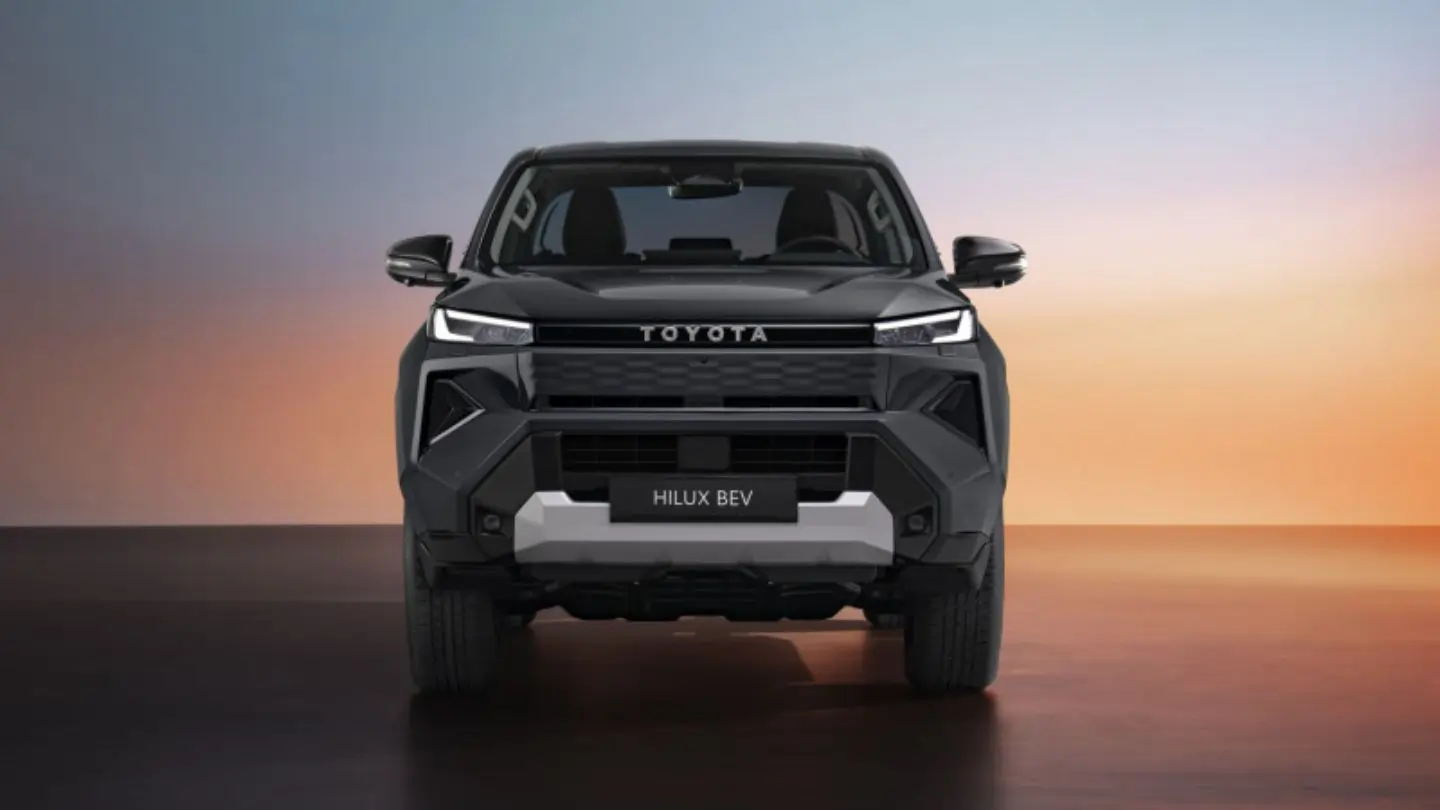
The new Toyota HiLux BEV is built on Toyota’s trusted body-on-frame architecture. The automaker says the new model preserves the HiLux’s core values of Quality, Durability, and Reliability (QDR) while offering zero tailpipe emissions and quiet, instant torque delivery.
Toyota claims the HiLux BEV has been engineered for real-world conditions, with special measures to protect the battery from water and impact, ensuring it matches the off-road resilience of its diesel siblings.
Powertrain and performance
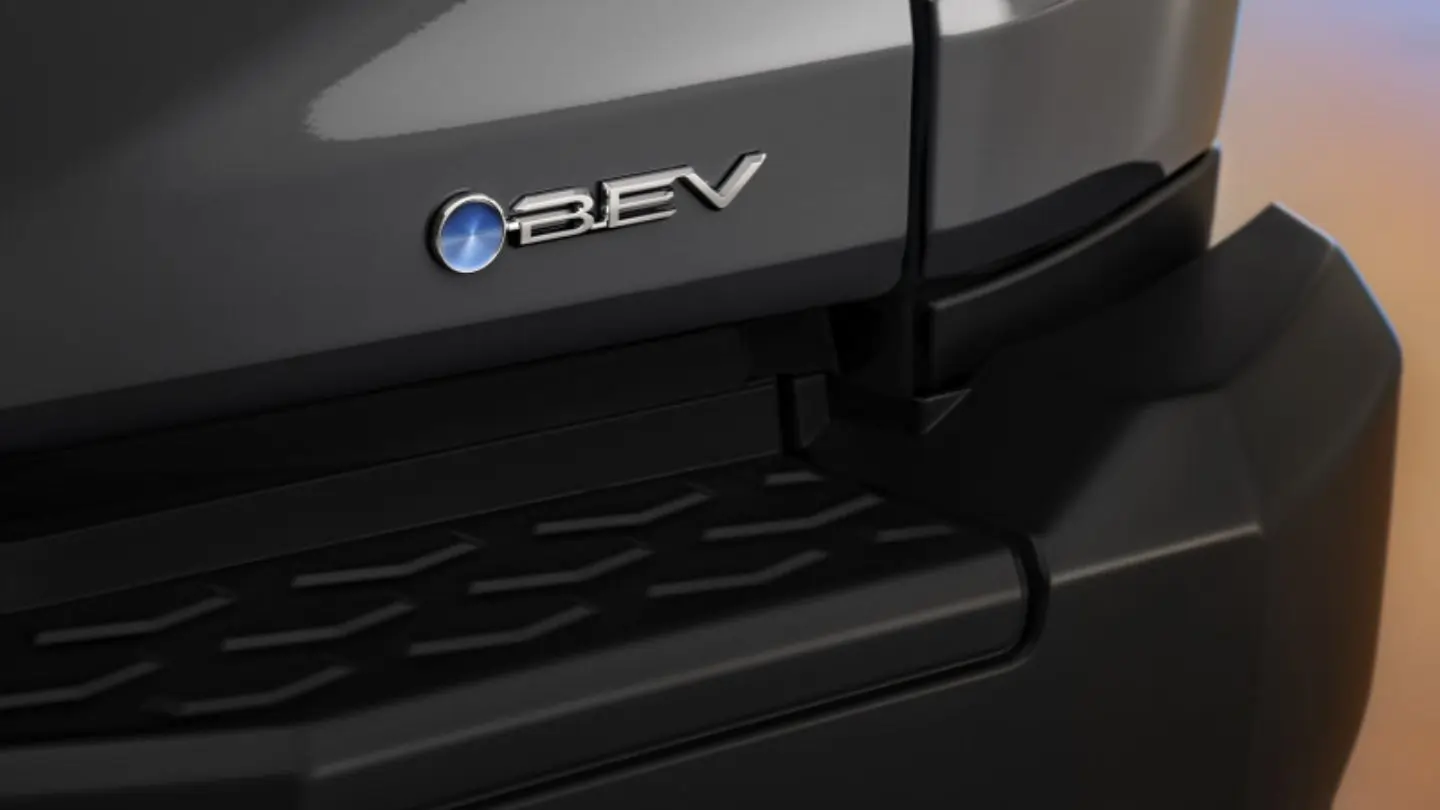
The Toyota HiLux BEV uses a 59.2 kWh lithium-ion battery paired with front and rear eAxles, providing permanent all-wheel drive. Combined torque figures reach 205 Nm at the front and 268.6 Nm at the rear, promising strong off-the-line response both on- and off-road.
2026 Toyota HiLux BEV – Key specifications

| Specification | Toyota HiLux BEV |
| Battery | 59.2 kWh lithium-ion |
| Drivetrain | Dual eAxles (AWD) |
| Torque Output | 205 Nm front / 268.6 Nm rear |
| Payload | ~715 kg |
| Towing Capacity | ~1,600 kg |
| Range (WLTP) | ~240 km |
| Wading Depth | Equal to current ICE HiLux |
| Drive Selector | Shift-by-wire |
The electric Toyota HiLux is not as capable as the diesel-powered ute, especially in terms of towing capacity. However, it’s built to be just as rugged with the same wading depth, off-roading ability and ground clearance. Toyota is targeting best-in-class charging times for the HiLux BEV, aiming to minimise downtime for both fleet and private users.
Built for Off-Road, Ready for Work

The HiLux BEV retains the ladder-frame chassis familiar to previous Toyota HiLux owners but integrates a strengthened underbody to securely house the battery pack. Off-road performance hasn’t been sacrificed; it’s equipped with Multi-Terrain Select, allowing the driver to adjust traction and torque control to suit surface conditions.
Toyota says this setup offers a drive feel similar to operating in L4 (low-range) mode on the diesel HiLux, giving the electric version genuine off-road credibility.
Design
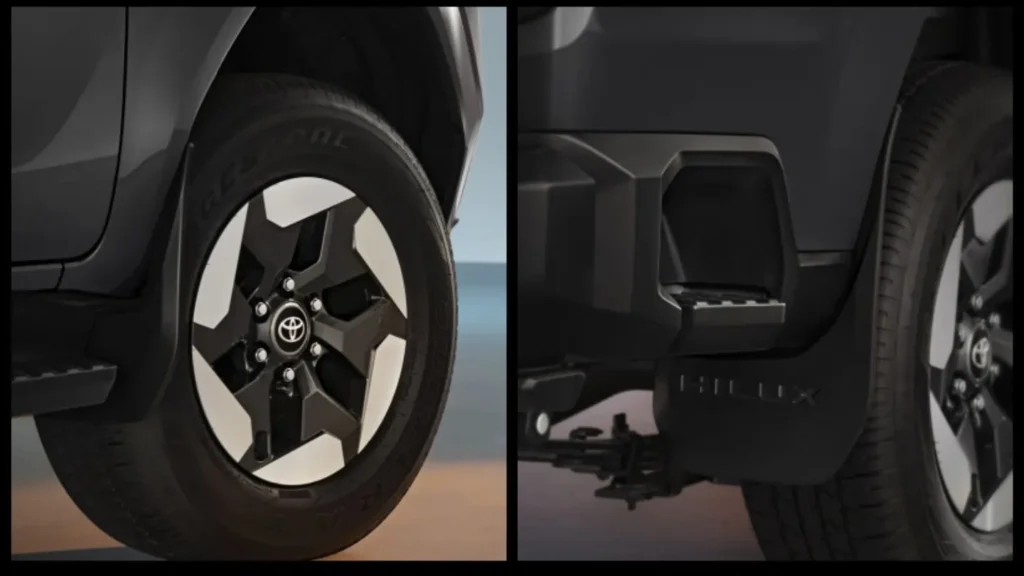
While the BEV shares much of its design language with the new-generation Toyota HiLux, it distinguishes itself with a more aerodynamic front fascia.
Distinct exterior highlights:
- Smooth, grille-less design optimised for airflow
- Dedicated alloy wheels unique to the BEV variant
Toyota says the new BEV maintains the same rugged presence, but with a “cleaner and quieter personality” suited to urban and fleet environments.
Cabin and technology
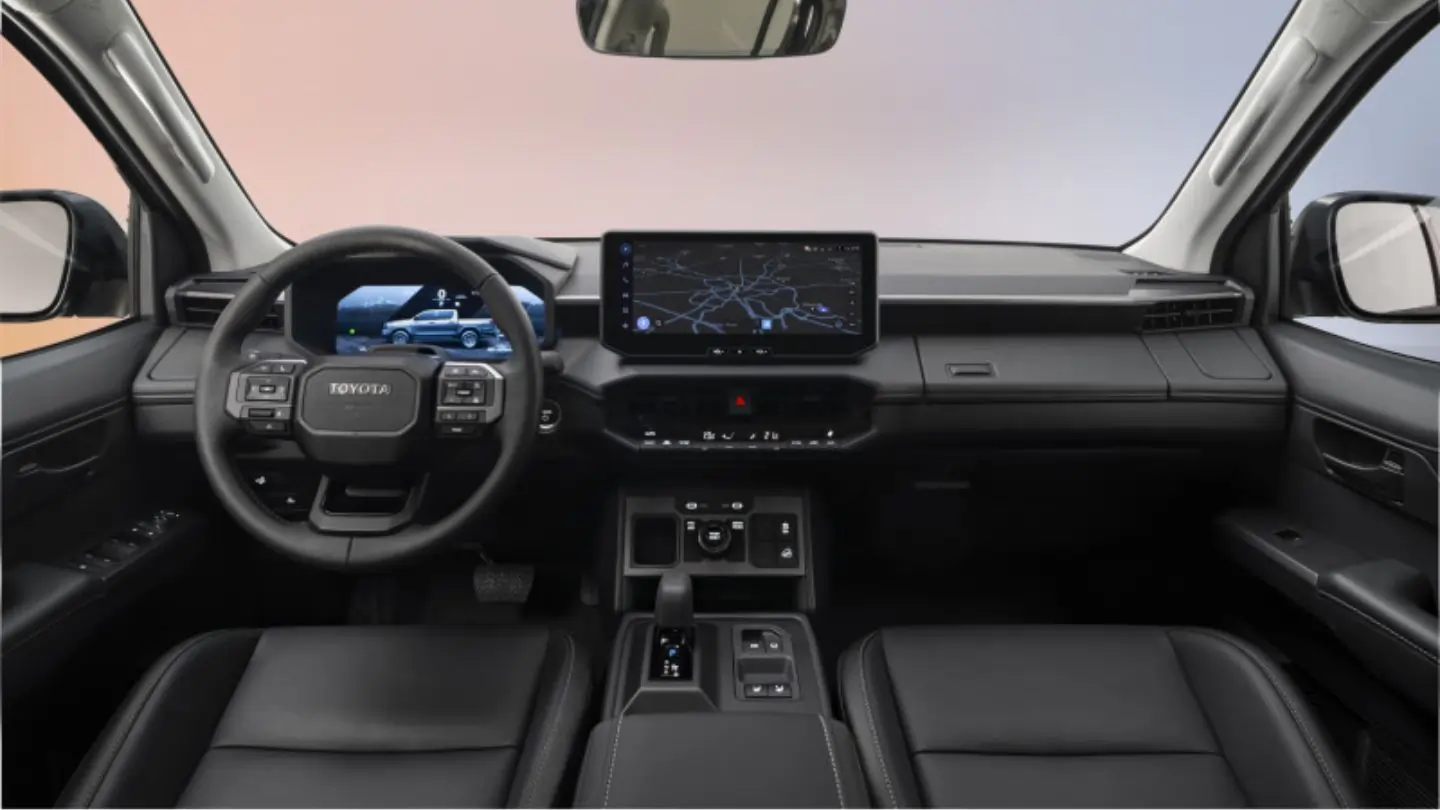
Inside, the BEV mirrors the layout of the ninth-generation HiLux, with a mix of Land Cruiser-inspired design and the latest Toyota digital tech.
Interior highlights include:
- 12.3-inch customisable driver’s display
- 12.3-inch central multimedia touchscreen
- Shift-by-wire drive selector unique to BEV models
- Wireless device charging and rear USB ports
- MyToyota app connectivity with remote status and charging insights
Fleet users can also monitor real-time metrics such as battery charge, vehicle location, and journey data for up to 10 vehicles at once.
Safety and driver assistance
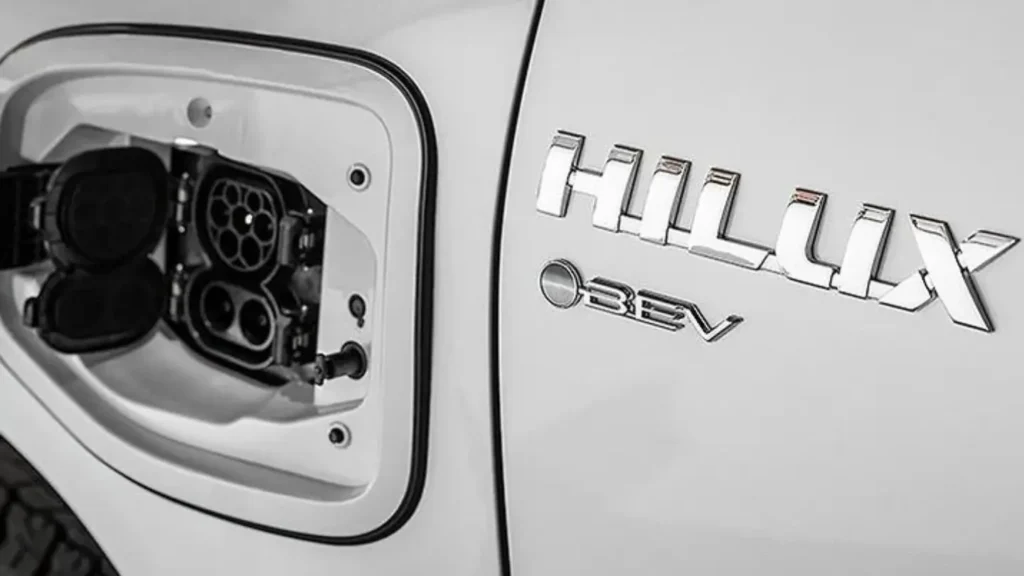
Like the rest of the new Toyota HiLux lineup, the BEV comes equipped with Toyota T-Mate, an upgraded suite of safety and driver assistance features.
This includes the latest Toyota Safety Sense technologies and several new systems debuting on the HiLux.
Highlights:
- Low Speed Acceleration Suppression
- Proactive Driving Assist
- Emergency Driving Stop System (EDSS)
- Blind Spot Monitor and Safe Exit Assist
- Driver Monitoring Camera
- Over-the-Air (OTA) update capability
Market Position and Appeal
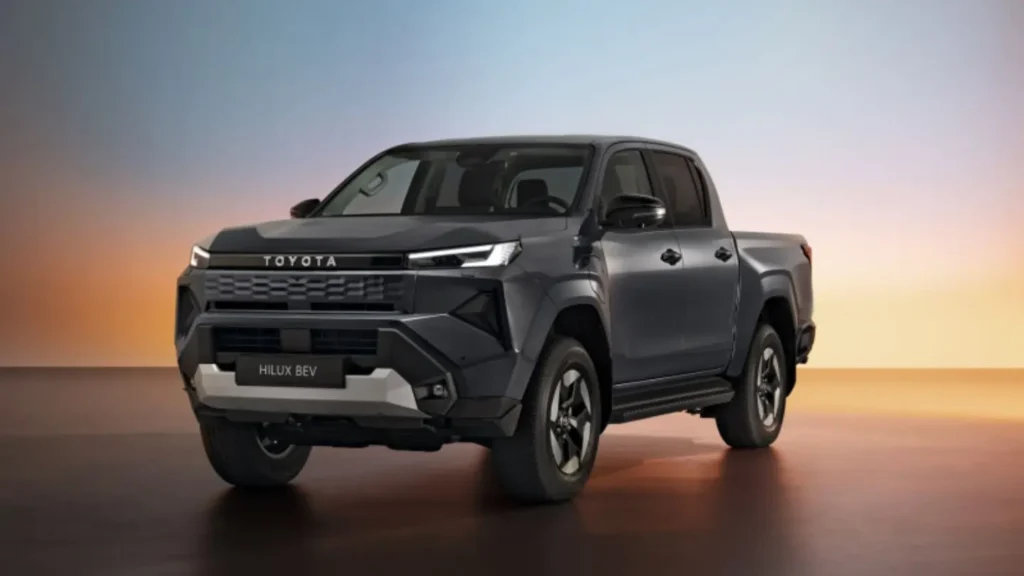
The Toyota HiLux BEV is expected to appeal strongly to fleet buyers, government operators, and urban users seeking a capable, zero-emission pickup. Its combination of real 4WD capability, payload practicality, and Toyota’s QDR reputation positions it as a unique entry in a growing segment.
While rivals like the bigger and more expensive Ford F-150 Lightning and Rivian R1T electric utes cater to larger markets, Toyota’s approach prioritises global usability and toughness over luxury or high output figures.
Launch and availability
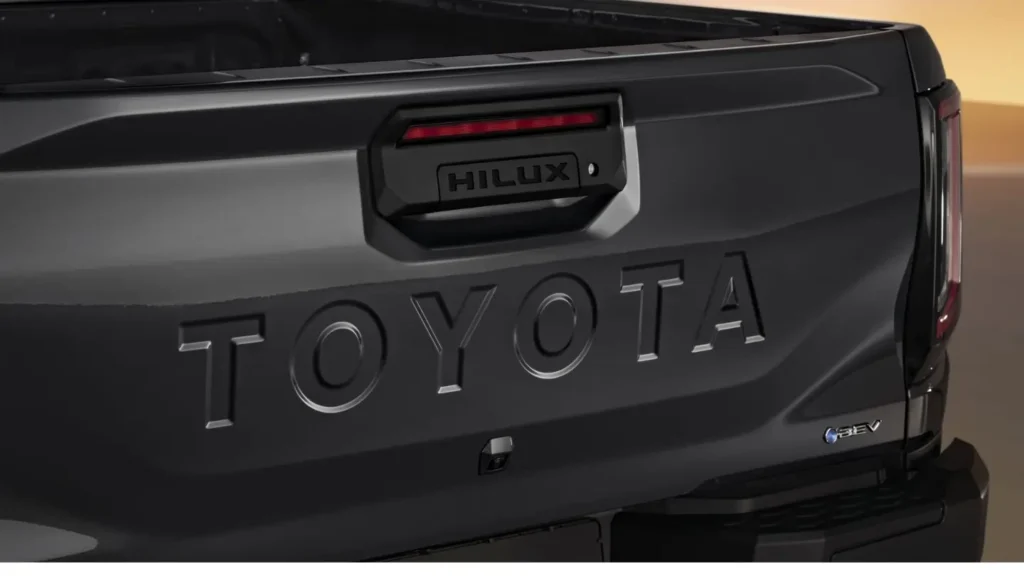
The Toyota HiLux BEV will lead the rollout of the ninth-generation HiLux family in its manufacturing headquarter of Thailand, with global markets to follow from December 2025. Regional specifications, including Australian launch timing, pricing, and detailed battery specs, will be announced closer to launch.
Key takeaways for buyers
For Australian buyers, the arrival of the Toyota HiLux BEV signals a significant shift in how utes are expected to perform in the future. On the positive side, it offers zero tailpipe emissions, lower running costs, and the promise of quiet, instant torque without sacrificing the durability that HiLux owners rely on. Fleet operators for intra-city purposes and urban users stand to benefit most, thanks to its manageable range, all-wheel-drive capability, and potential access to low-emission zones.
However, the Toyota HiLux BEV’s relatively modest 240 km range and likely higher purchase price could limit its appeal for long-distance hauls and rural buyers who need extended range or heavy towing capacity. In essence, the all-new HiLux BEV introduces a cleaner, quieter alternative for everyday and commercial use. However, traditional diesel power still holds the edge for Australia’s most remote and demanding conditions.



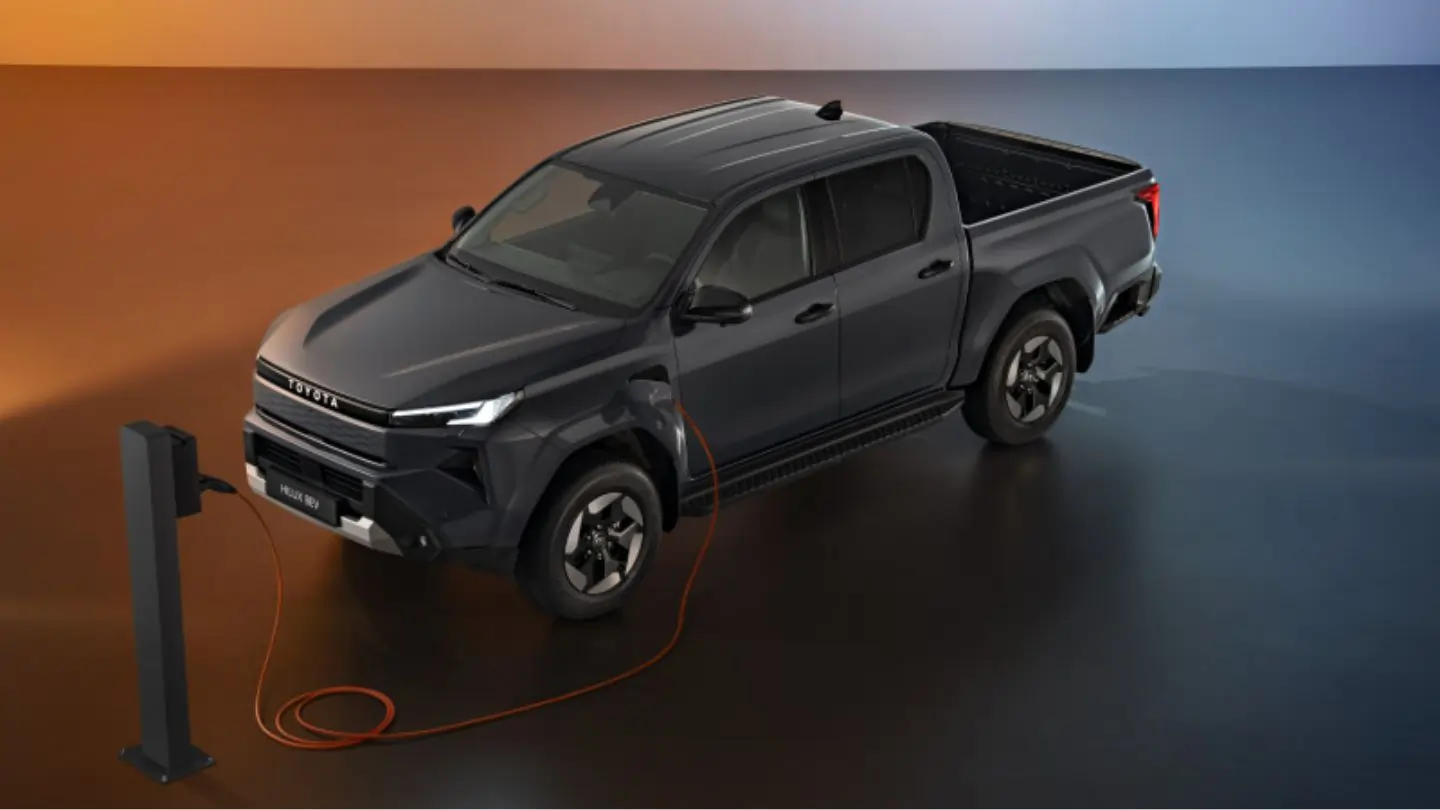
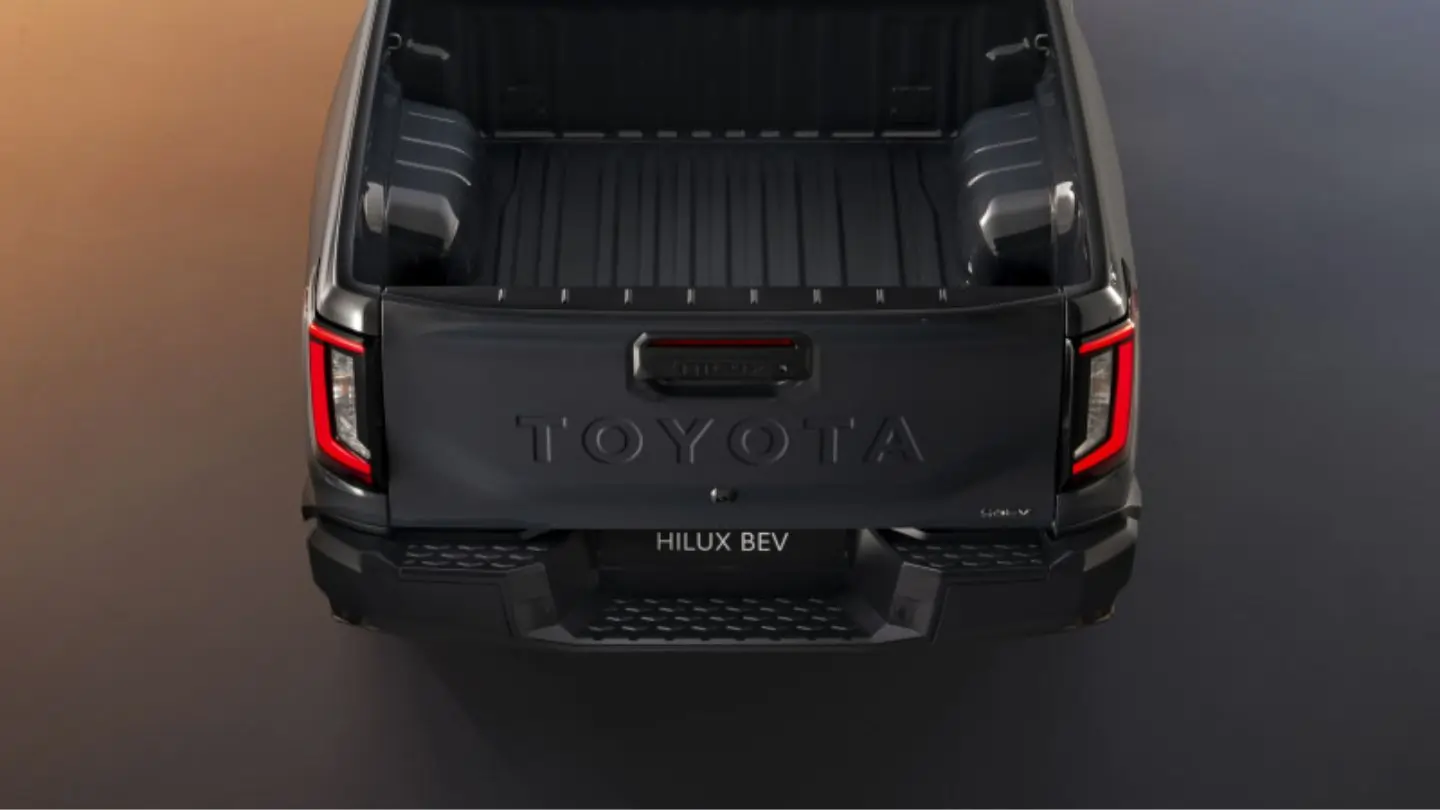
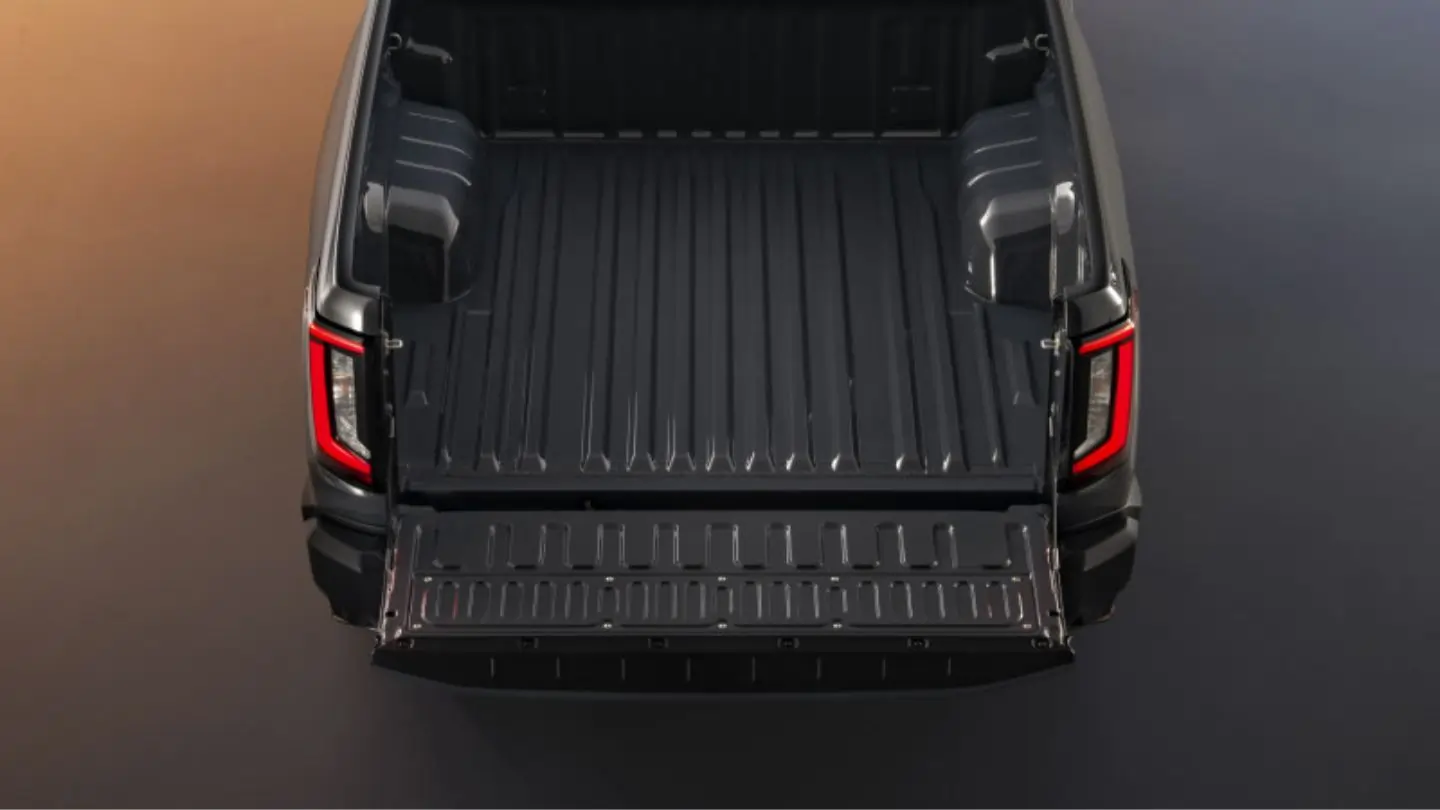
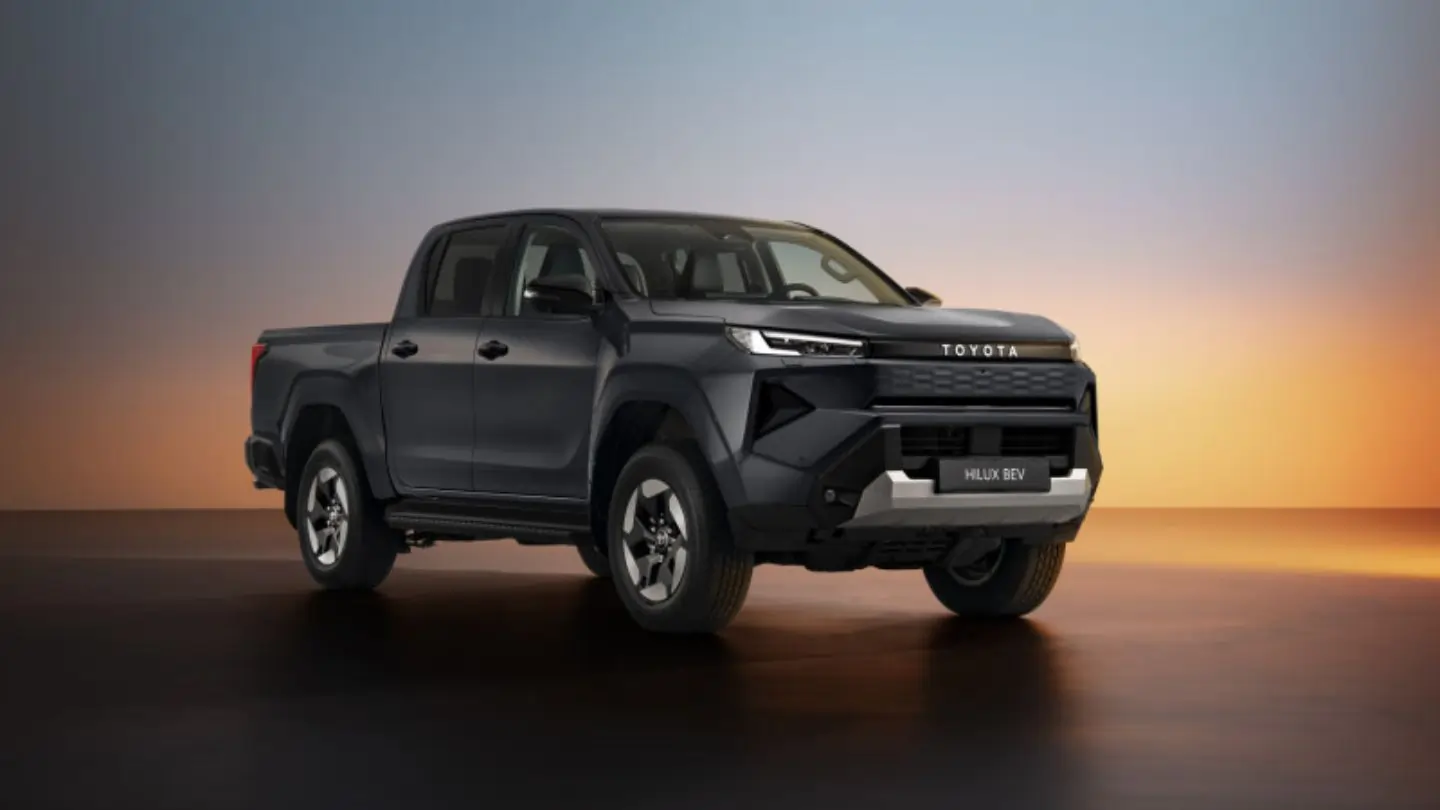

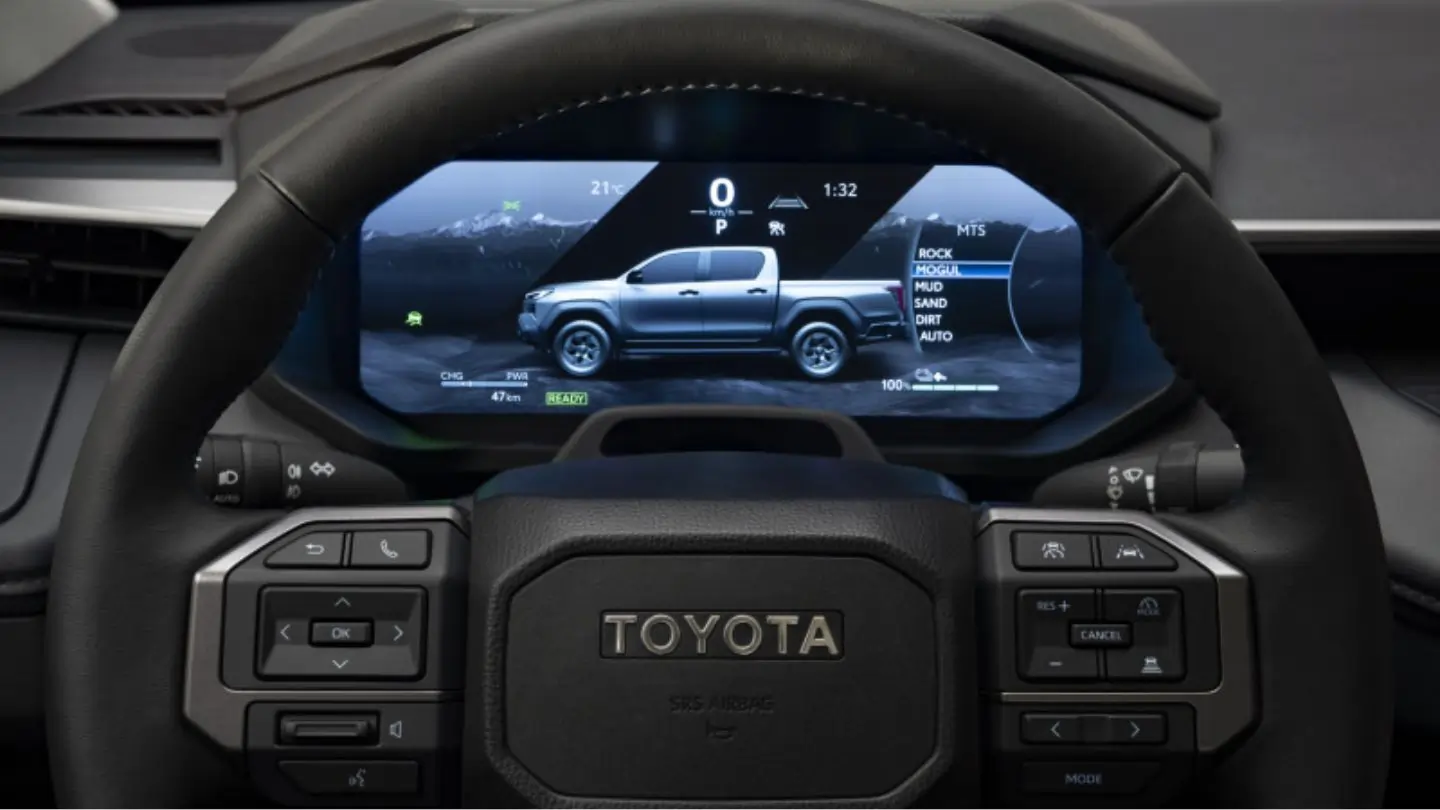
Comments
New Comment